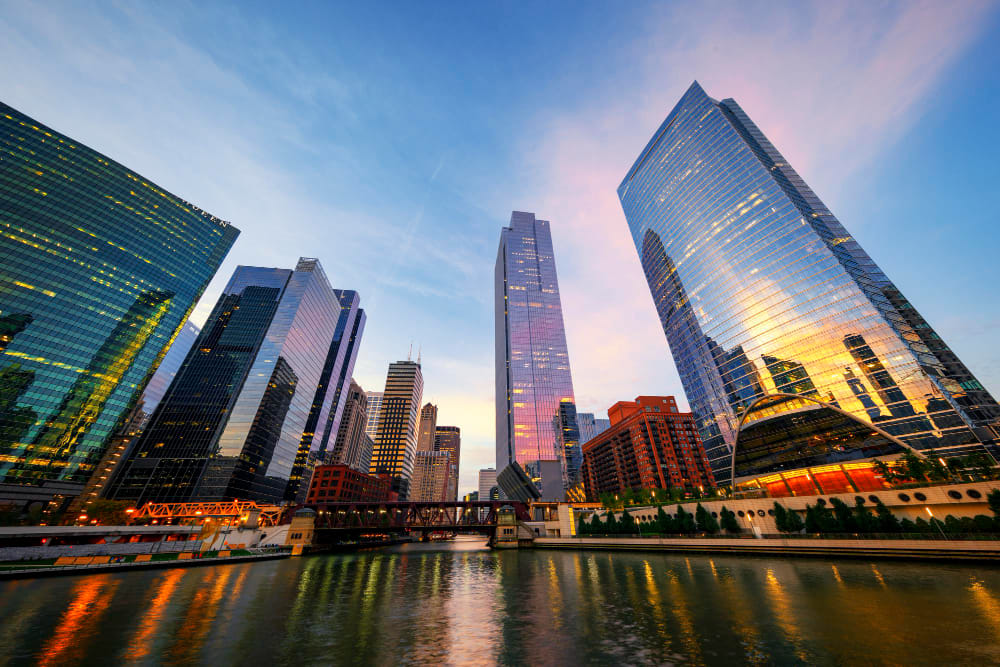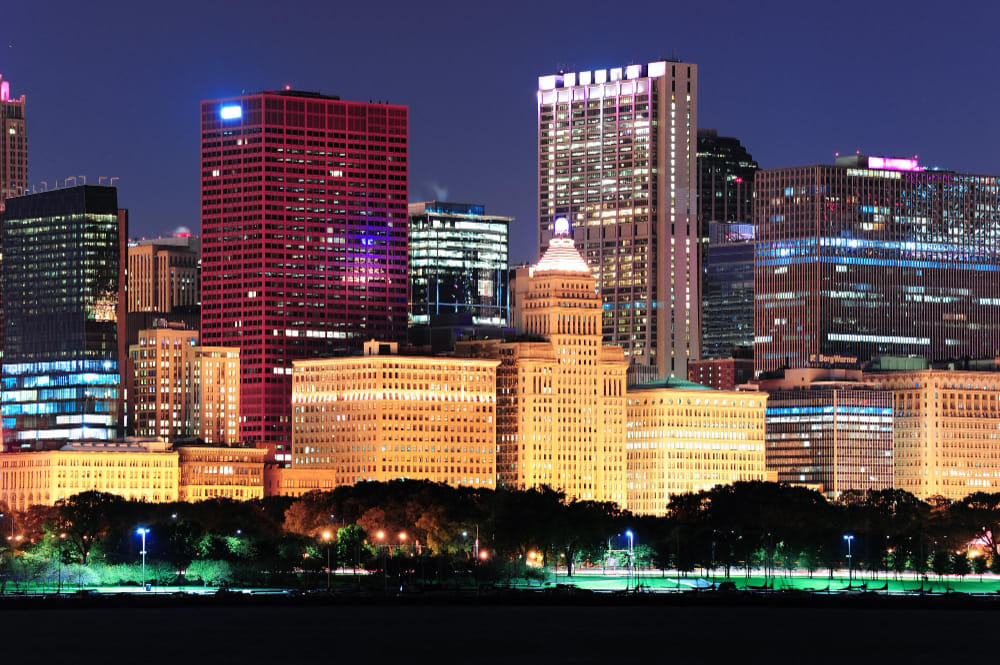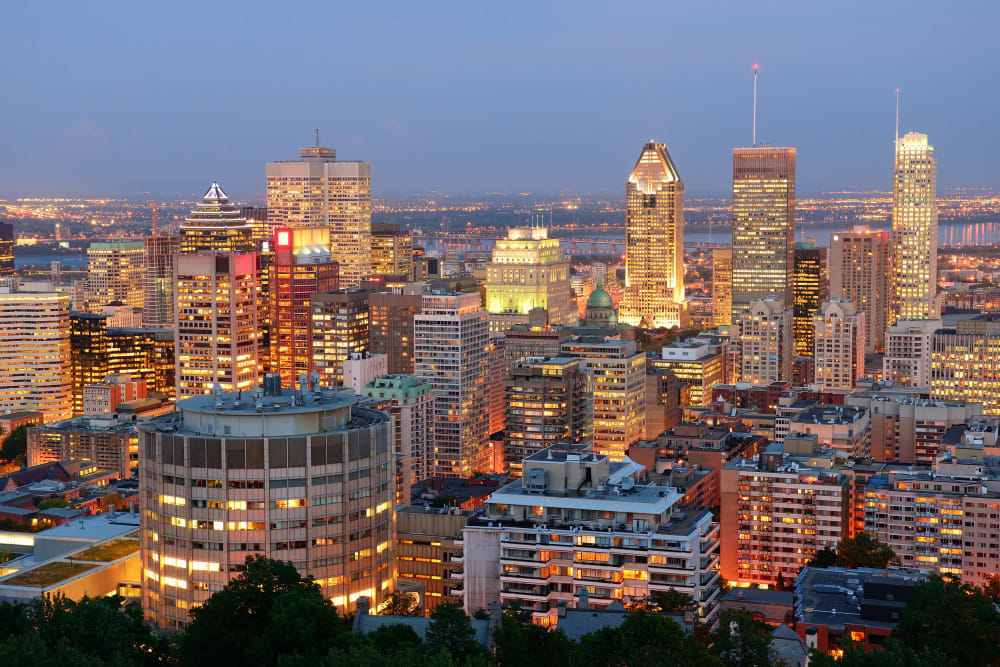Canberra, Australia’s capital, is known for its greenery, education hubs, and high standard of living. Yet beneath its calm and organized design, some suburbs in Canberra struggle with recurring crime challenges. Issues such as property theft, burglary, drug-related offenses, and public disturbances affect certain neighborhoods more than others. Understanding these differences helps residents, students, and families make informed decisions about where to live and how to stay safe.
In this blog, we explore the most dangerous suburbs in Canberra, breaking down what makes them more vulnerable, identifying key trends from Canberra crime statistics by suburb, and offering guidance for anyone wondering: Is Canberra safe to live in?
How Safe Is Canberra?
Overall, Canberra ranks among Australia’s best cities. However, some suburbs in Canberra experience crime rates above the national metropolitan average, especially for property offenses. While the city’s planning allows for neat divisions between residential and commercial areas, the social and economic contrasts between regions still affect safety levels.
Below are key Canberra crime statistics by suburb that illustrate the broader trend:
A) Overall Crime Rate: Canberra reports around 36 incidents per 1,000 residents annually, nearing the national average but with spikes in specific localities.
B) Violent Crime: Violent offenses occur at about 4.9 per 1,000 residents, with assaults and domestic incidents leading.
C) Property Crime: Property-related theft and burglary make up about 70% of all reported cases.
D) Motor Vehicle Theft: Around 2,800 vehicles are stolen or broken into annually, most frequently in northern areas.
E) Hotspot Distribution: The main crime hotspots Canberra police track include parts of Belconnen, Civic, and the northern corridor toward Gungahlin.
With this overview, let’s examine the 10 most dangerous suburbs in Canberra, highlighting their unique challenges and risk factors.
10 Most Dangerous Suburbs in Canberra
1. Civic (City)
Population: 3,500
Violent Crime Rate: 7.3 per 1,000 residents
Civic consistently ranks at the top of the most dangerous suburbs in Canberra due to its concentration of nightlife venues and transient population. Alcohol-related altercations, street theft, and vandalism are frequent. Late-night offenses are common on weekends. While Civic is central and lively, caution is advised after dark.
2. Belconnen
Population: 9,000
Violent Crime Rate: 6.5 per 1,000 residents
Belconnen is one of the larger residential and commercial suburbs in Canberra, but has ongoing issues with property theft and vehicle break-ins. Certain apartment zones near the mall record incident rates nearly twice the city average. Police presence and CCTV networks have recently improved safety, particularly in retail precincts.
3. Braddon
Population: 6,200
Violent Crime Rate: 6.0 per 1,000 residents
Braddon, close to the central district, sees high foot traffic and dynamic nightlife. While much of it remains safe, car break-ins and minor assaults contribute to its crime profile. Residents regularly call for improved lighting and late-night security patrols, keeping it on the list of dangerous suburbs Canberra authorities monitor.
4. Gungahlin
Population: 8,400
Violent Crime Rate: 5.9 per 1,000 residents
A rapidly developing area, Gungahlin experiences theft and property intrusion as it grows. The combination of new housing, young populations, and expanding retail attracts opportunistic crime. Vandalism cases have risen by 14% since 2023, according to Canberra crime statistics by suburb.
5. Phillip
Population: 5,100
Violent Crime Rate: 6.2 per 1,000 residents
Phillip, a mixed-use area with commercial and industrial sections, shows consistent vehicle theft and property damage rates. It’s often cited as one of the worst suburbs in Canberra for crime, with public disorder incidents concentrated near shopping hubs and car parks.
6. Kambah
Population: 15,000
Violent Crime Rate: 5.5 per 1,000 residents
Kambah is Canberra’s largest suburb, and its size contributes to occasional surges in theft and vandalism. While most neighborhoods remain calm, the outer edges report motor theft and domestic complaints above the city's average. Local watch programs have mildly reduced these figures.
7. Charnwood
Population: 2,800
Violent Crime Rate: 5.8 per 1,000 residents
Charnwood often features in updates about high crime rate suburbs Canberra tracks for repeat offenses. Break-ins, property damage, and substance misuse are key issues. Renewed community recreation projects aim to promote safer engagement spaces for youth.
8. Richardson
Population: 3,200
Violent Crime Rate: 5.7 per 1,000 residents
Located in Canberra’s south, Richardson experiences consistent burglary trends and vehicle theft. Households are twice as likely as the city median to report stolen external property like tools or bikes. Although support programs have begun to improve youth employability, incidents continue to surface.
9. Ngunnawal
Population: 9,500
Violent Crime Rate: 5.6 per 1,000 residents
Ngunnawal, a family-heavy district, faces unique issues of property loss and petty vandalism. Police records indicate that there are approximately 450 minor incidents per year, keeping it among Canberra suburbs to avoid for renters seeking minimal crime exposure.
10. Narrabundah
Population: 6,000
Violent Crime Rate: 5.4 per 1,000 residents
Narrabundah rounds out the list of the most dangerous suburbs in Canberra. While gentrification has started changing demographics, parts of the suburb still record periodic assaults and property damage incidents, mainly in public housing pockets.
Why Are These Areas High-Risk?
Economic Factors
Suburbs like Charnwood and Richardson show unemployment rates 8–10% higher than the Canberra average. Long-term job insecurity and limited access to affordable resources often drive property-related crime in peripheral suburbs in Canberra.
Substance and Alcohol Abuse
Police reports confirm that alcohol influences around 40% of weekend assaults in inner-city entertainment districts such as Civic and Braddon. This pattern remains a significant factor behind violent crime.
Demographic Pressures
As Canberra continues to grow, fast-developing districts like Gungahlin face temporary gaps in policing and infrastructure. Rapid housing expansion without sufficient prevention measures creates short-term vulnerabilities.
Isolation
Some unsafe areas Canberra lists also show low social engagement rates. When neighborhood participation falls, public vigilance wanes, allowing petty theft and vandalism to rise.
Environmental Challenges
Certain parts of older developments, such as Kambah and Phillip, still rely on underlit public spaces and older housing designs that make them less secure than newer properties.
Is Canberra Safe to Live In?
Despite localized crime, Canberra remains one of the most liveable and peaceful capitals in the Asia-Pacific region. For most residents, day-to-day life is calm and community-oriented. However, understanding differences between the safest vs most dangerous Canberra suburbs ensures better decision-making before relocation.
So, is Canberra safe to live in? Yes, but situational awareness is essential. While Civic, Belconnen, and Braddon experience more regular disturbances, southern and lakeside zones such as Yarralumla, Deakin, and Barton maintain significantly lower crime density. Inner-south sectors host diplomatic and government residences, with security infrastructure stronger than most Australian cities.
Safety Tips for Living Near Risk-Prone Areas
- Stay informed using ACT Policing neighborhood data updates.
- Secure doors, lighting, and vehicles to reduce theft risk.
- Travel on well-lit routes or main roads, especially at night.
- Use community alert apps to share safety updates.
- Participate in local watch or residents’ groups.
- When choosing housing, review the suburbs in Canberra and associated crime patterns.
- Avoid leaving valuables in plain sight within cars, a common issue in inner districts.
These steps are small but effective in reducing personal vulnerability across all suburbs in Canberra.
Long-Term Safety Measures
ACT authorities have intensified investment in community safety programs and improved urban planning. Strategies include youth vocational engagement to limit repeat offenders and new lighting installations through Civic, Braddon, and Charnwood. These steps have collectively reduced monthly offense averages by 7% since mid-2024.
CCTV expansion across central Canberra now covers more than 110 new monitoring points, increasing response times in emergencies. Meanwhile, rapid community reporting has doubled incident clearance rates, reinforcing public trust. Over time, broad participation across all suburbs in Canberra will help lower persistent risks further.
Safer Neighborhood Alternatives
If you’re exploring housing or study options, several suburbs in Canberra consistently record low yearly crime profiles. Barton, Forrest, O’Connor, and Ainslie stand out for low theft and vandalism rates, quiet environments, and proximity to major institutions. These areas also boast solid infrastructure and vibrant local communities.
Comparing the safest vs most dangerous Canberra suburbs demonstrates clear social and economic contrasts. Access to steady employment, good public lighting, and strong neighborhood engagement correlate strongly with lower crime metrics. Families and students should always review personal priorities—budget, distance, public transport, and safety—before finalizing housing.
Key Concerns Behind Repeat Crime
- Youth Unemployment: Early school dropouts correlate directly with increased minor offense patterns.
- Alcohol and Drug Use: A dominant contributor to nighttime disturbances, especially in Civic and Braddon.
- Limited Surveillance Zones: Outer neighborhoods still lack comprehensive camera coverage.
- Community Apathy: Low volunteering and reporting rates make policing reactive instead of preventive.
- Temporary Residents: Areas with more rental turnover experience 20% higher property-related crimes than suburbs with longer-term homeownership.
Adopting proactive prevention helps residents and city planners keep crime manageable across all suburbs in Canberra.
Looking Ahead
Canberra’s growth trajectory creates both opportunity and responsibility. As the city expands, thoughtful planning is critical to balance new development and effective law enforcement. Improvement programs under the Safer Suburbs Initiative are already underway to strengthen community infrastructure and urban safety.
Technological upgrades, improved public transport connectivity, and local business safety grants all contribute to a gradual decline in issues found in dangerous suburbs Canberra previously identified as recurring trouble zones. With continued collaboration between residents and city administrators, Canberra can maintain its reputation as one of Australia’s safest places to live, study, and work.






.jpg)










